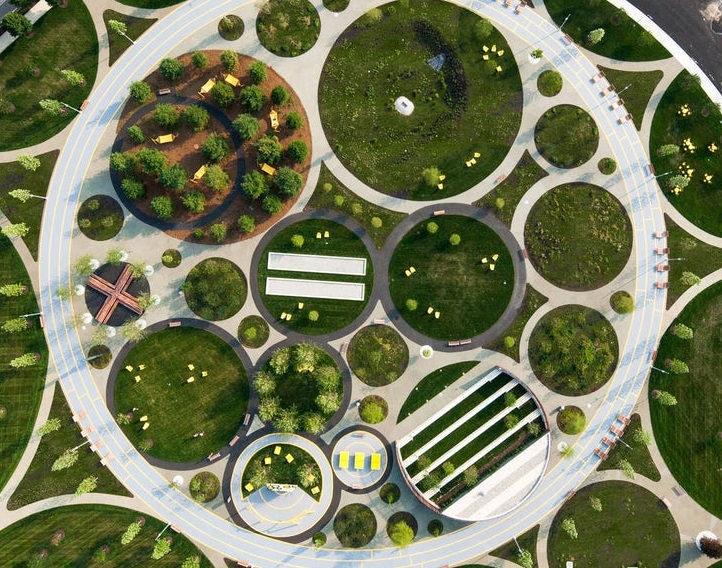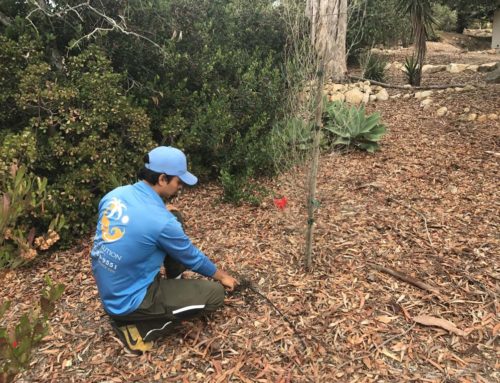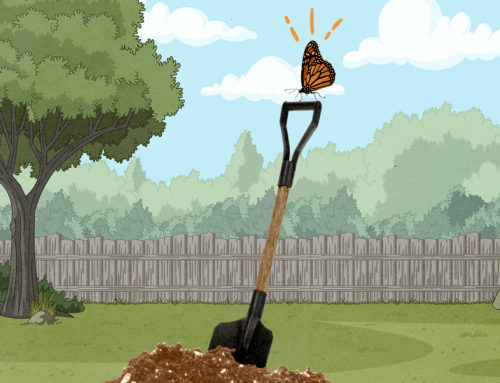End of Summer Lawn and Garden Care
As summer winds down, some home gardeners are breathing a sigh of relief. The days of watering soil that always seemed too dry, chasing weeds, and fighting damaging insects are coming to a close. However, there are a number of landscape maintenance practices that should be done before the leaves begin to fall.
- Keep mowing the lawn. There may have been a nice break during the hottest week of summer in which the lawn needed less frequent mowing, but now that cooler temps and more frequent rain have returned, it’s important to get back into a regular mowing schedule. Nothing makes raking leaves more difficult that long, tangled blades that snag the rake.
- Dethatch and aerate. The end of the summer is the best time to give your lawn this extra bit of care. Dethatching removes the bits of dead grass that have collected and become woven together just above the soil line, blocking needed sunlight, moisture, and fertilizer, if you use it, from reaching the lower portions of the grass. Aerating takes this a step further, putting holes into the lawn that help air circulation and moisture percolate through and into the soil more effectively.
- Adjust the irrigation controllers. At the end of the season, it might be time to check your irrigation system to make sure it’ll only run when conditions are really dry, which should be less often as autumn approaches.
LANDSCAPE DESIGN – SANTA BARBARA
When it comes to creating a landscape, homeowners generally fall into two categories: those who itch to start putting plants into the ground themselves and those who recognize a need to hire out the work. Just as it wouldn’t be wise to …
4. Harvest your crops. Fruit and vegetable plants are just past their peak now, so you’ll want to keep on top of things by continuing your beans, tomatoes, and herbs to keep their production proliferate through the end of the season. And you don’t want to leave anything to rot, even though you may have more tomatoes than you will ever be able to eat or give away.
5. Divide perennials and grasses. The cooler weather is a great time to evaluate plants that are getting too big or too leggy and would benefit from being split up into smaller sections. The cooler temperatures and increased rainfall make late summer and fall the best time to transplant most plants.
6. Prune and pinch. Care for your flowering plants by removing spent blooms and cut back plants that can rebloom again in the fall, such as daisies, yarrow, and coreopsis.
7. Plant some newcomers. Late summer and fall are ideal for planting thanks to the arrival of more rainfall and the exit of scorching heat. Trees and shrubs, especially, are suitable to weather over in the winter and can therefore be planted now. They may even provide some brilliant fall color!
Putting these landscape maintenance items into practice each year will leave your lawn and garden looking great through the rest of the warm season and have it ready to go again next spring. And if it’s beyond your ability to do, contact a local landscape professional for help keeping up with these seasonal maintenance needs.







Leave A Comment
You must be logged in to post a comment.